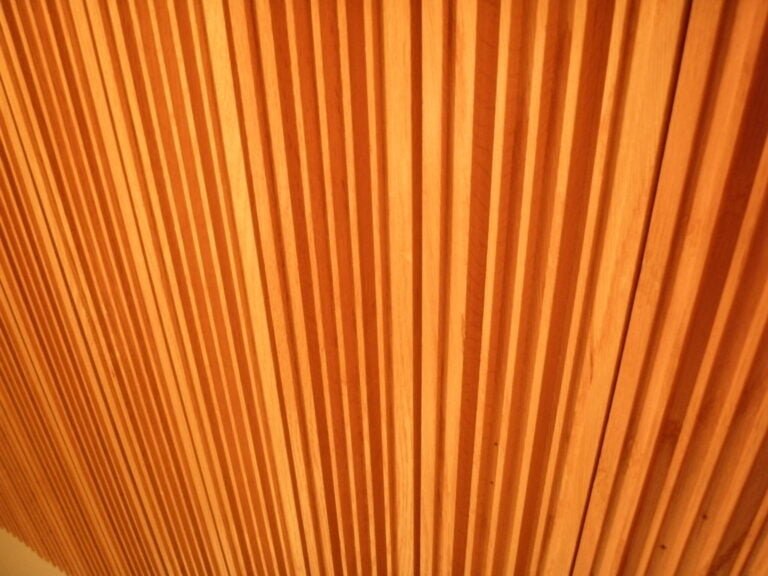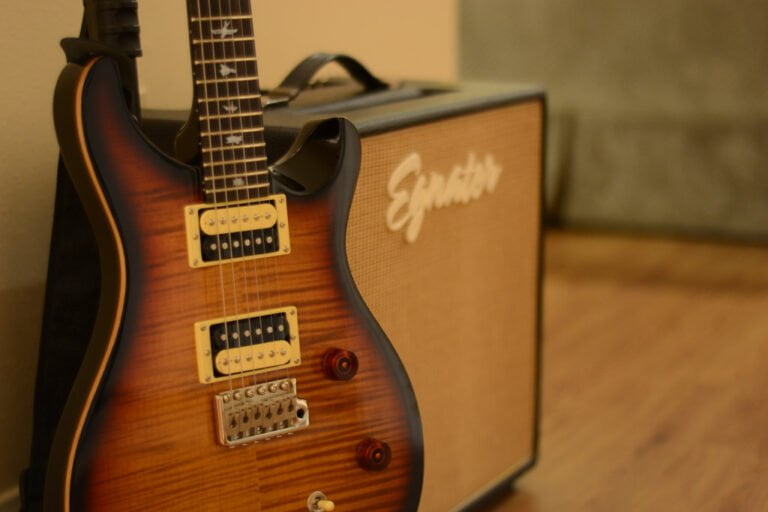Understanding Room Modes: Managing Resonance in Your Studio Space
Are you struggling to get that perfect sound in your studio? Well, my friend, understanding room modes is like unlocking the secret to taming the wild beast of resonance in your space. In this article, we're going to dive deep into the impact of room modes on your studio acoustics and give you some killer techniques for identifying and managing them. Trust me, once you optimize your studio layout, you'll be amazed at how those pesky room modes disappear and open up a whole new world of sonic possibilities. So, are you ready to take your studio to the next level? Let's do this!
We are supported by our audience. When you purchase through links on our site, we may earn an affiliate commission, at no extra cost for you. Learn more.
What Are Room Modes
In your studio space, room modes are the resonant frequencies that occur due to the dimensions and shape of the room. These frequencies can cause unwanted resonances and standing waves, resulting in uneven bass response and inaccurate audio reproduction. Understanding and managing room modes is crucial for achieving optimal sound quality and accuracy in your studio. Room modes are classified into three types: axial, tangential, and oblique. Axial modes occur between parallel walls, tangential modes occur between perpendicular walls, and oblique modes occur between non-parallel walls. Each mode has its own frequency and can interact with other modes, creating complex patterns of resonance. To manage room modes, you can use techniques such as bass traps, diffusers, and strategic speaker and listening position placement. By addressing room modes, you can enhance the acoustics of your studio and ensure a more accurate and balanced sound reproduction.
The Impact of Room Modes on Studio Acoustics
To optimize the acoustics of your studio, it is important to understand the significant impact that room modes have on studio acoustics. Room modes are standing waves that occur within an enclosed space and can greatly affect the sound quality in your studio. These resonances are caused by the interaction of sound waves reflecting off the walls, floor, and ceiling, creating areas of constructive and destructive interference. The modes can result in peaks and dips in the frequency response, causing certain frequencies to be emphasized or cancelled out. This can lead to inaccurate monitoring and mixing decisions, ultimately affecting the quality of your recordings. Understanding the characteristics of room modes in your studio is essential for effectively managing their impact on your acoustic environment. By identifying and addressing these modes through proper placement of absorptive materials and strategic room design, you can achieve a more accurate and balanced listening environment for your creative pursuits.
Identifying Room Modes in Your Studio Space
Now let's dive into how you can identify room modes in your studio space. Room modes are resonant frequencies that occur within a room and can greatly impact the acoustics of your studio. To identify these room modes, you will need to conduct a thorough analysis of the space. Begin by playing a pure tone at various frequencies and listening for any areas where the sound seems to be louder or quieter. These areas indicate the presence of room modes. You can also use a frequency analyzer or a sound level meter to measure the sound levels at different frequencies throughout the room. By analyzing the data, you can identify the specific frequencies at which room modes occur and take appropriate measures to manage them effectively.
Techniques for Managing Room Modes
To effectively manage room modes in your studio space, it is important to implement various techniques that can help mitigate the impact of these resonant frequencies. One technique is bass trapping, which involves placing specialized absorptive materials in the corners of your room to reduce low-frequency resonances. Another technique is the use of diffusers, which scatter sound waves to minimize standing waves and resonances. Additionally, you can strategically position your studio monitors to minimize the effect of room modes. Placing them away from walls and corners can help reduce the buildup of resonant frequencies. It is also recommended to use multiple smaller monitors instead of a single large one to minimize the impact of room modes. Finally, using room correction software or hardware can help identify and correct problematic resonances in your studio space. By implementing these techniques, you can effectively manage room modes and create a more accurate and balanced listening environment in your studio.
Optimizing Your Studio Layout to Minimize Room Modes
Maximize the effectiveness of your studio space by optimizing its layout to minimize room modes. Strategic placement of your equipment and furniture can significantly reduce the impact of room modes on your sound quality. Start by identifying the primary standing waves in your room, which are usually found between parallel walls. These waves create areas of high and low pressure, resulting in the resonant frequencies that cause room modes. To minimize their effects, position your speakers and listening position away from these areas. Experiment with different speaker placements to find the positions that minimize problematic resonances. Additionally, consider using bass traps and diffusers to further control room modes. By optimizing your studio layout, you can create a more balanced and accurate listening environment, allowing for enhanced innovation and creativity in your music production.
Additional Tips for Achieving Optimal Sound in Your Studio
To achieve optimal sound in your studio, consider implementing these additional tips for enhancing your listening environment. Firstly, invest in acoustic treatments such as bass traps, diffusers, and absorbers. These materials help to control reflections and reduce unwanted resonances, resulting in a more accurate and balanced sound. Additionally, positioning your monitors correctly is crucial. Place them at ear level and ensure they are angled towards your listening position, creating a focused and immersive soundstage. Furthermore, consider using room measurement software and a calibrated microphone to analyze and correct any frequency response issues in your space. This will help you identify problem areas and make targeted adjustments to achieve a more accurate and balanced sound. Lastly, experiment with speaker and listener placement to find the sweet spot that delivers the best sound quality and imaging. By implementing these tips, you can create an optimal listening environment in your studio, allowing you to produce and enjoy music with exceptional clarity and precision.
Conclusion
In conclusion, understanding and managing room modes is crucial for achieving optimal sound in your studio space. By identifying and addressing these resonances, you can greatly improve the acoustics and overall quality of your recordings. Techniques such as bass trapping, diffusion, and optimizing your studio layout can help minimize room modes and create a more balanced and accurate listening environment. Remember to consider additional tips and tricks to further enhance your studio's sound and create a professional recording space.







